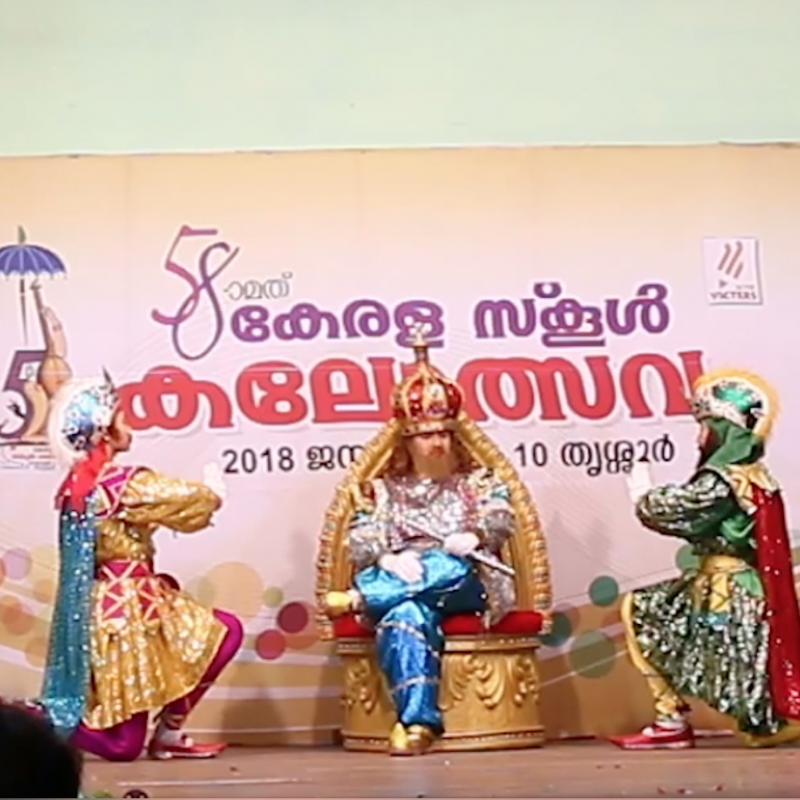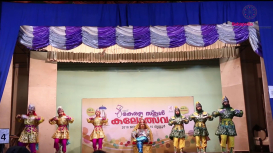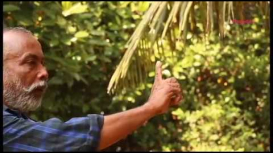Chavittunatakam is a 16th century maritime dance drama from Kerala. A cosmopolitan art, this performance derives its stories from the Holy Roman Empire, written in an early form of Malayalam (Praak Malayalam) denoting Senthamil and Pidgin Latin words, performed by, of and for the Latin Catholics. Latin Catholics are the low-caste—predominantly fishermen—Christian converts scattered along the 560 km coastal line of Kerala. The drama was developed by the Portuguese missionaries to impart a cultural identity and teach the religious customs as approved by the Roman papacy to the newly converted Catholics. This art has now shed its religious identity and has moved to the new realms of theatre, stories and performance. This module carries an overview, a short documentary, quick facts, bibliography and a shared video documentation of students' performance at the 58th State School Annual Festival.

Geetha K. Wilson
Geetha K. Wilson is an aspiring multimedia storyteller from Kerala. She is currently working as a Senior Communications Officer at ATREE (Ashoka Trust for Research in Ecology and the Environment), Bengaluru. She had graduated from TISS (Tata Institute of Social Sciences), Mumbai in Media and Cultural Studies. Her films- ‘Where the blue lotus blooms’ and ‘Time Vampires’ have been screened in various national and international film festivals. She was one among the three Indians selected to represent India at the UNESCO International Youth Forum: Creativity and Heritage Along the Silk Roads, 2018, held at Changsha and Nanjing, China. She was also in the selected team of ten international youth from the participants of forty countries to attend the 'Experience Changsha Media Arts Program' conducted by the Changsha government, China. She is currently working on a book about Vembanad - India's largest lake and how the lake system has curated a distinct culture on its embankments.



